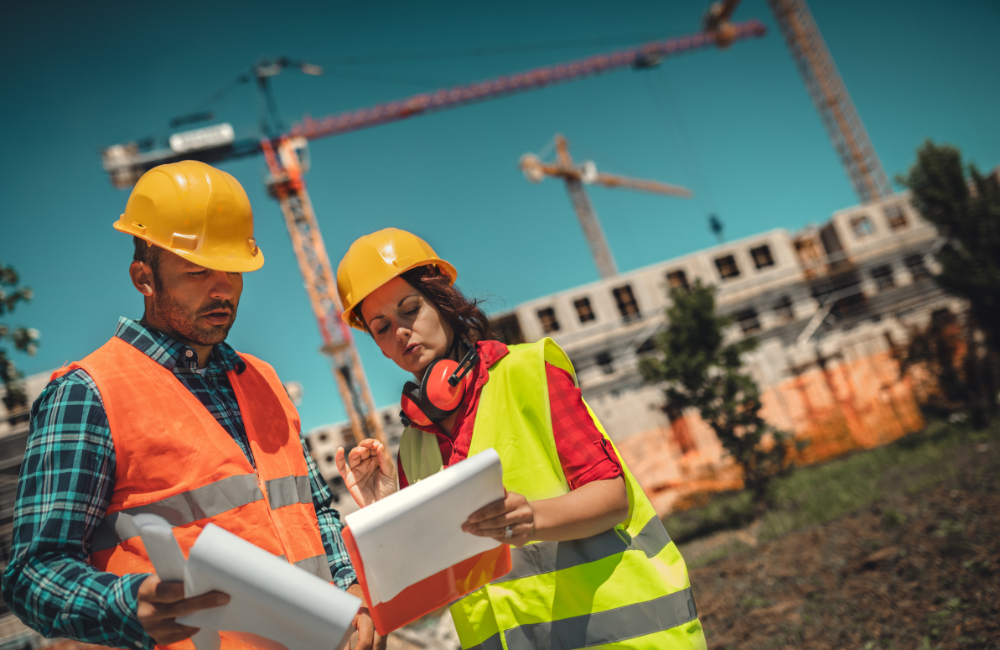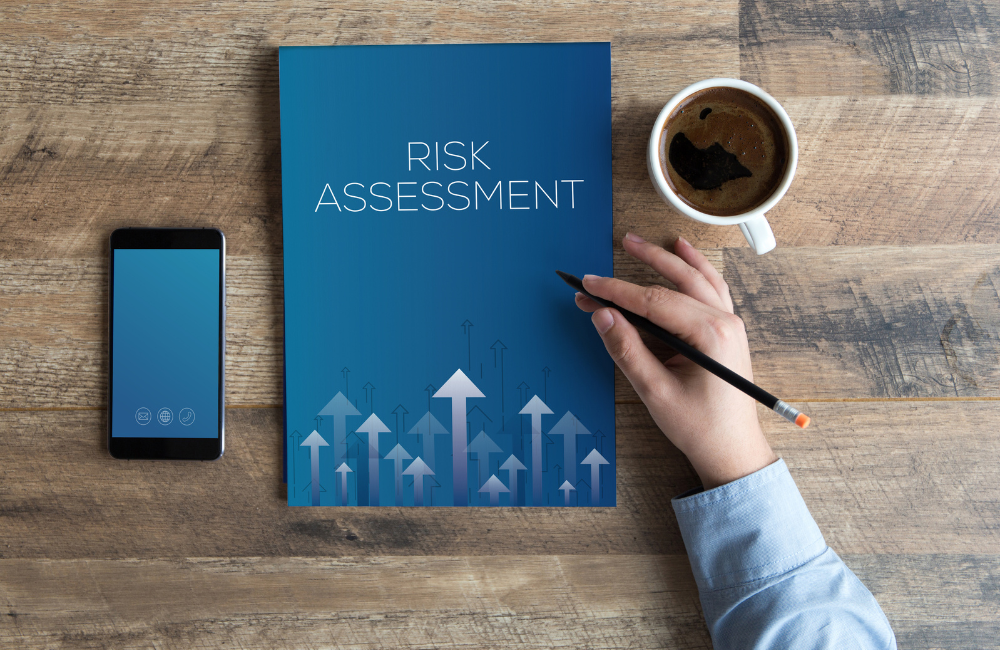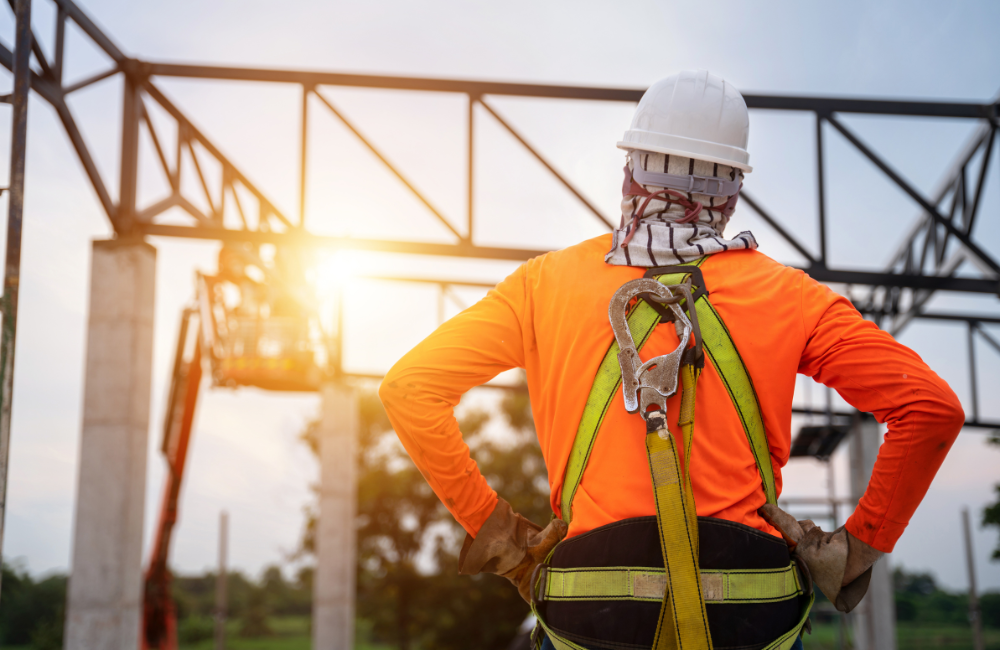Get A Free Quote
1300 007 782
Call Us On:
1300 007 782G10/RMS Accredited
Competitive Rates
ZERO Accidents or Injuries
25+ years combined experience
50+ years combined experience
Competitive Rates
G10/RMS Accredited
ISO Certified

Construction work is dangerous. As a business owner, you have a duty to keep your employees safe. A risk assessment is an important first step in mitigating the most common risks associated with this industry and protecting your team. A risk assessment looks and what can potentially go wrong in your workplace and the likelihood that it will wrong. It helps you to determine the risk’s severity, whether or not you have effective control measures in place, and what further actions you should take.
Construction risk assessments are crucial in an industry as unpredictable as construction, which has Australia’s third-highest fatality rate for industries and is physically demanding at the best of times. A strong risk management plan that encompasses hazard identification and risk assessment won’t guarantee you can avoid all injuries or fatalities, but it’s a very strong step in preventing them.
The security consultants at SSTC are skilled at analysing risks and can do so with the level of detail and precision needed to protect your staff’s safety as effectively as possible. This is our comprehensive guide to our equally comprehensive construction risk assessments and the steps we take to create them.
Simply put, a risk assessment is the procedure of identifying hazards that could negatively impact an organisation’s ability to conduct business. Risk assessments identify the biggest dangers facing your staff and customers and plot a risk management plan to handle them. Different industries present different dangers and challenges, and as a result, risk assessments are different from industry to industry.
In the construction industry, a risk assessment involves analysing a job site’s specific dangers, determining who is at risk, assessing the prevention measures currently in place, ensuring that legal and contractual requirements are being met and deciding on further actions to take.
Risks can be related to the job site, the nature of the work or they can be caused by the environment and external factors. While a broad range of industries require hazard identification and risk assessment, there are salient reasons they’re particularly highly recommended in construction.
Construction is a rewarding industry to work in, but there’s no denying that it’s important to take precautions. The Australian Work Health and Safety Strategy 2012-2022 stated that construction is a “priority industry” due to its high injury and fatality rates. From 2003 to 2013, there were 401 work-related construction fatalities in this country, with a further 12,600 people filing worker’s compensation claims.
Some of the most common risks in the construction industry include:
A lot of construction work requires employees to work at great heights. Over one quarter (28%) of construction-related fatalities are caused by falls from ladders, ramps or scaffolds.
Unfortunately, there are many pitfalls on a construction worksite that can cause slips, trips and falls, including scaffolding accidents, holes in the ground and incomplete buildings. From poorly maintained floors to lack of adequate signage, so many factors contribute to this leading injury risk that it takes a professional to spot them all.
There are usually large numbers of people and vehicles moving in, out and around the construction site: tradespeople, dump trucks, forklifts, and supply vehicles. Without adequate construction risk assessments and the right plans in place, it’s easy for these vehicles to become hazards for staff and pedestrians.
Construction workers are regularly exposed to noise levels that cause long-term damage. Being exposed to noise levels above 85 decibels for more than eight hours a day is harmful to one’s hearing, yet most construction site equipment exceeds that. It’s essential to equip workers with adequate hearing protection.
To account for all of these possibilities and prevent them from occurring, it’s vital to conduct construction risk assessments.

The process of conducting construction risk assessments may sound simple in theory, but it takes a professional to carry out the process properly in detail. Here are the essential steps for hazard identification and risk assessment, as well as the construction of a risk management plan. The crucial steps involved in putting together a construction risk assessment include:
The first step is considering the full size and scope of the project and all the risks and other factors that may affect it.
Each individual risk needs to be assessed to determine how likely it is to occur and to affect the project. There are various hazard identification and risk assessment tools that are appropriate for this step, such as cause and effect diagrams and probability and impact matrices.
Being able to spot the risks isn’t enough. It’s important to plan a response to them. You can address risk in a few different ways: by changing your plans to avoid it, taking action to mitigate it or by accepting the risk (this last option is only recommended when the risk is very low).
Risk monitoring is not a one-time step but an ongoing process that occurs throughout every stage of the process. As the project progresses, the risk management plan is updated to include new information and developments.
Construction risk assessments are ongoing procedures that usually continue throughout the entire lifespan of a project. You need to commence or update a construction risk assessment whenever:
As construction risk assessments are ongoing, it’s important to review all the risks and steps to address them on a regular basis.
A construction site is a dynamic environment in which new changes and challenges can arise. Your construction risk assessment plan needs to be equally adaptable. Proactively monitoring and adapting to the situation ensures you’re always prepared for any new risks that arise.
Ongoing risk assessment can involve several approaches, including the use of checklists for staff at the beginning of each day and regular checking and maintenance of equipment. For best results, it pays to involve a professional in your ongoing assessment.

A strong safety strategy begins with strong plans and permits, something that SSTC are expert in. Trusted by some of the country’s biggest construction companies, we can provide construction risk assessments, construction traffic management plans, traffic control plans, swept path diagrams, permit applications and more.
Not only are emergency plans essential, but emergency response teams provide an extra level of safety in case of emergencies. The SSTC emergency response team is skilled in confined space rescue, vertical rescue and first aid.
Our values of safety, integrity, teamwork and communication are embedded in all that we do, including our safety plans. Contact the team at SSTC to get your free quote.